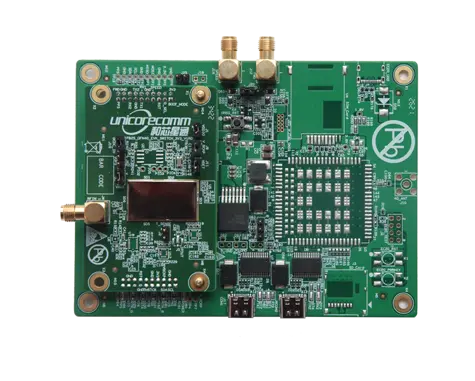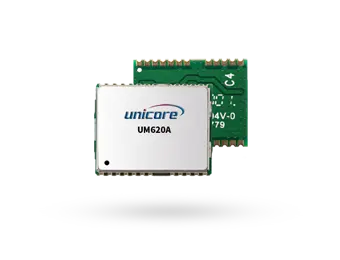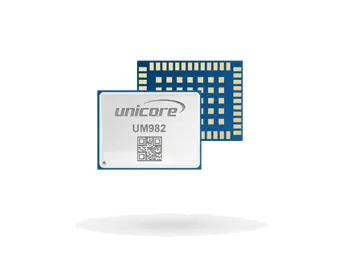The Unsung Hero of Precise Positioning
Have you ever marveled at the accuracy of your GPS device or the seamless navigation of an autonomous vehicle? Behind these impressive feats lies an unsung hero: the GNSS antenna. While often overlooked, the GNSS antenna plays a crucial role in capturing signals from satellite constellations, enabling precise positioning and accurate navigation.
Capturing Signals from the Skies
At first glance, a GNSS antenna might appear as a simple, unassuming device. However, its significance lies in its ability to capture signals from multiple satellites orbiting the Earth. These signals carry precise timing and positioning information, which the antenna receives and transfers to the GNSS receiver.
Similar to how a radio antenna captures radio waves, the GNSS antenna is designed to receive signals specifically from satellite constellations such as GPS, GLONASS, BeiDou, or Galileo. These signals are transmitted at microwave frequencies and contain data that helps determine the user's position, velocity, and time. The antenna's primary function is to capture these signals and deliver them to the GNSS receiver for processing.
The GNSS antenna is responsible for accurately capturing signals from satellites, even in challenging environments with obstructions like buildings, trees, or terrain. It employs advanced technologies and designs to minimize signal interference, maximize sensitivity, and optimize the reception of satellite signals. By ensuring the highest possible signal quality, the GNSS antenna enables the receiver to provide accurate and reliable positioning information.
Additionally, the GNSS antenna's performance is influenced by factors such as its placement, orientation, and the surrounding environment. These factors can impact the antenna's ability to capture signals effectively. For optimal performance, it is essential to position the antenna in a clear line-of-sight to the sky, away from obstructions that could block or weaken the signals. Furthermore, the antenna's orientation must align with the satellite's position in the sky to receive signals at their maximum strength.
Without a properly functioning GNSS antenna, the GNSS receiver would not have access to the signals necessary for accurate positioning. It is the antenna's ability to capture signals from multiple satellites simultaneously that enables the receiver to triangulate the user's position with high precision.
In conclusion, the GNSS antenna is an integral component of global navigation systems, playing a vital role in capturing signals from satellite constellations and providing accurate positioning and navigation information. It works in tandem with the GNSS receiver to ensure that users receive precise location data, whether it's for navigation apps on our smartphones, autonomous vehicles, or surveying equipment.
The GNSS antenna's design and positioning are critical factors that contribute to its performance. By optimizing the antenna's sensitivity and minimizing signal interference, it can deliver high-quality signals to the receiver, even in challenging environments. Proper placement and orientation of the antenna are essential for optimal signal reception.

 EN
EN  ja
ja  ko
ko  fr
fr  de
de  es
es  it
it  pt
pt  vi
vi  sv
sv  ms
ms  CN
CN







